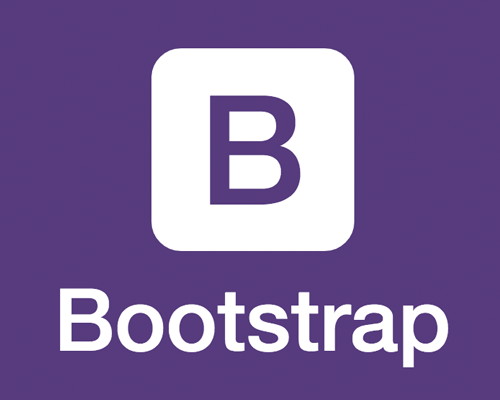A Beginner’s Guide to Using Bootstrap Framework for Web Design

Bootstrap is a popular open-source framework that can help you quickly build responsive and mobile-friendly websites. In this beginner’s guide, we’ll walk you through the basics of using Bootstrap for web design.
What is Bootstrap?
Bootstrap is a free front-end framework that was developed by Twitter. It provides a set of HTML, CSS, and JavaScript components that you can use to create a responsive and mobile-friendly website. Bootstrap is designed to make it easy to create consistent designs that work well on different devices.
Getting Started with Bootstrap
To get started with Bootstrap, you’ll need to download the framework from the official website. Once you’ve downloaded the files, you can start using the components in your website. You can either use the pre-built components that come with Bootstrap or customize them to fit your needs.
Bootstrap Grid System
One of the key features of Bootstrap is its grid system. The grid system is used to create responsive layouts that adjust to different screen sizes. The grid system consists of rows and columns, and you can use it to create a variety of layouts. You can also customize the grid system to fit your specific needs.
Bootstrap Components
Bootstrap comes with a variety of pre-built components that you can use in your website. These components include things like navigation bars, buttons, forms, modals, and more. You can customize these components to fit your specific needs or create your own components from scratch.
Bootstrap Themes
Bootstrap also offers a variety of themes that you can use to quickly style your website. These themes include pre-built styles for things like typography, colors, and buttons. You can also create your own custom themes using Bootstrap’s built-in tools.
Best Practices for Using Bootstrap
When using Bootstrap, it’s important to follow best practices to ensure that your website is well-designed and performs well. Some best practices include:
- Use the grid system to create a responsive layout
- Customize components to fit your specific needs
- Use CSS preprocessors like Sass to make it easier to customize styles
- Use the latest version of Bootstrap to take advantage of new features and bug fixes
- Optimize your website for performance by minimizing the use of unnecessary components and styles.
Conclusion
Bootstrap is a powerful framework that can help you quickly build responsive and mobile-friendly websites. By following best practices and customizing the components to fit your specific needs, you can create a well-designed website that looks great on different devices. With this beginner’s guide, you should have a good understanding of how to use Bootstrap for web design.
